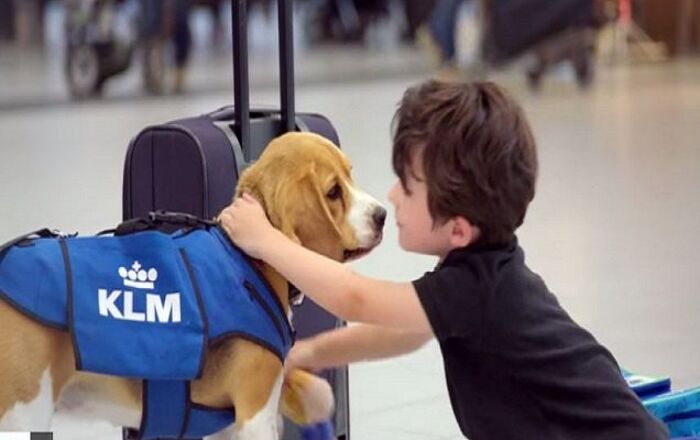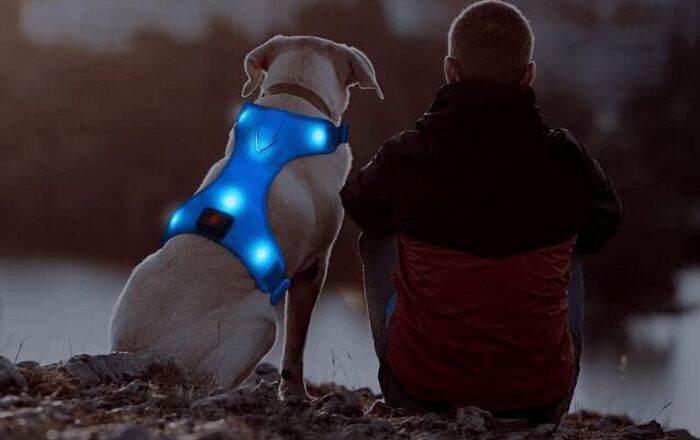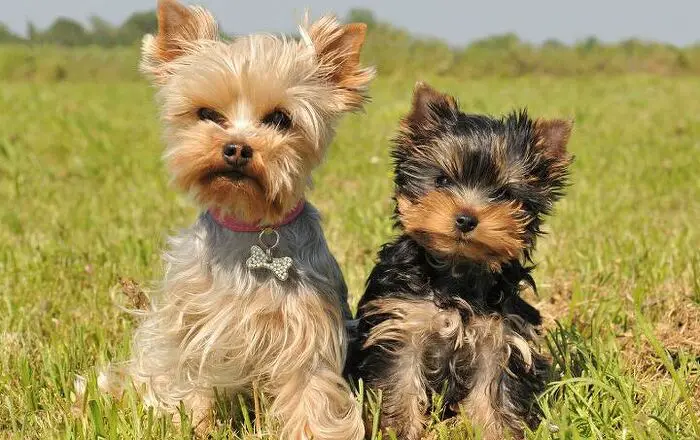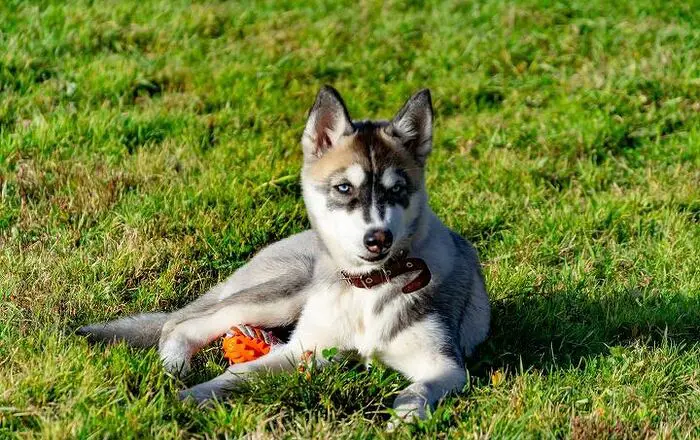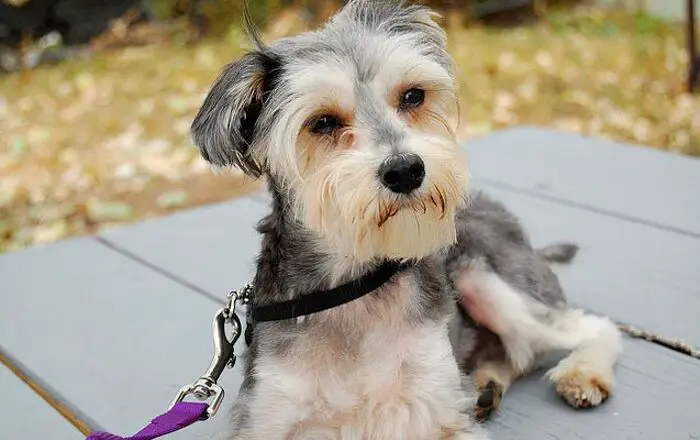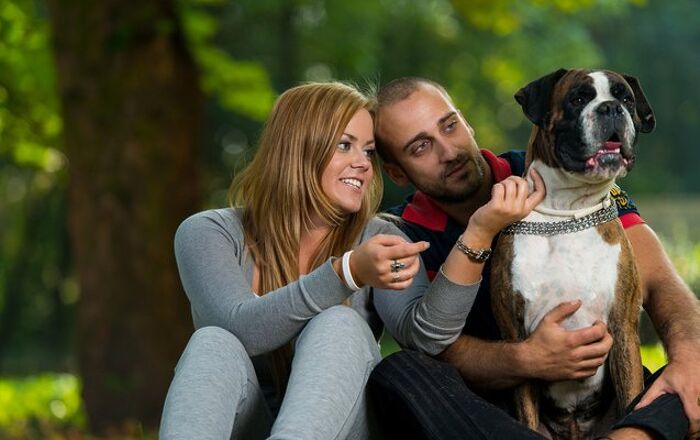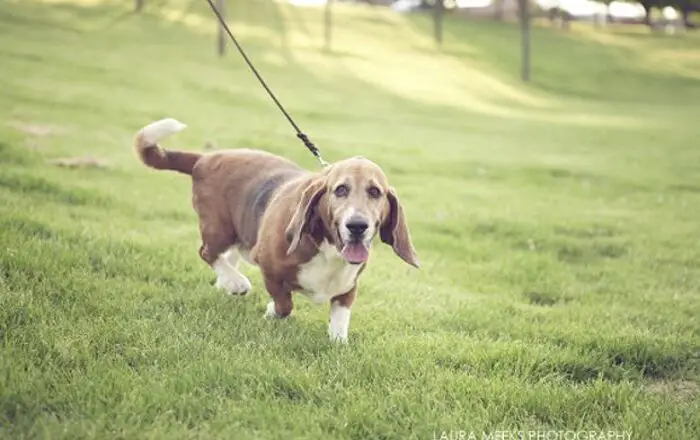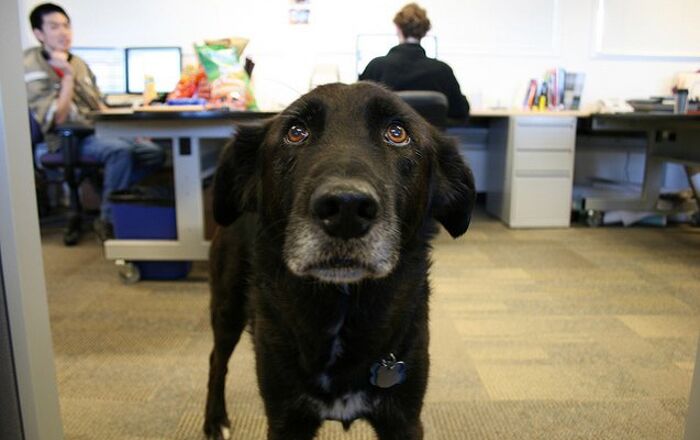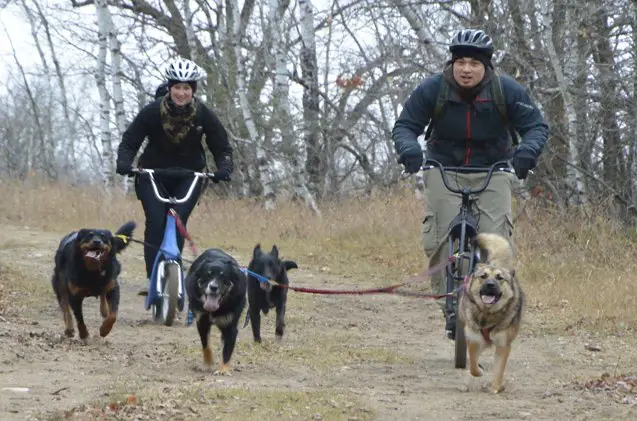
Feel the adrenaline rush and give your dogs a workout that will not only provide amazing conditioning benefits but teach him obedience skills. Kevin Roberts talks about the bikejoring and scootering, and what you need to do to prep for these extreme sports.
Want to have some extreme fun with your dog? Let’s talk about the sports of bikejoring and scootering! Both of these are team sports, where a human and a dog, or team of dogs, work together to cover terrain and have fun. Dogs are outfitted in proper harnesses and attached to the bike or scooter using a gangline with a bungee. Humans wear sturdy shoes, helmets… and need to updated health insurance. Done properly, both sports are an amazing way to exercise dogs and humans alike.
The Basics
If this is something you want to try with your dog, talk to your vet first. Your dog should be in good shape, shouldn’t carry too much weight or have any joint issues. Dogs must be over a year old to pull properly, so if you want to start with a young dog, work on your obedience skills first. He needs obey you for these kinds of extreme dog sports. Besides, the better you can communicate with your dog now, the more in sync the both of you will be when bikejoring and scootering.
Related:How To Cycle Sanely And Safely With Your Dog
Dog Gear
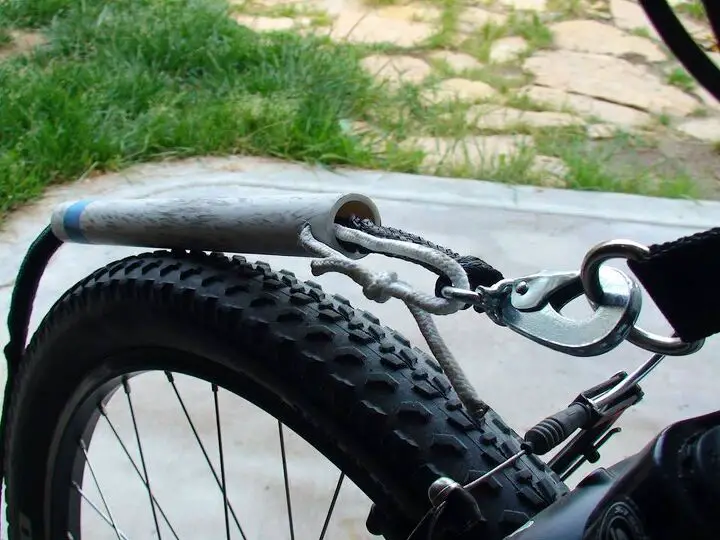
Assuming you already have the wheels (bike/scooter) and the dog, the rest of the setup is relatively inexpensive. Essential to both are a properly fitted pulling harness and a gangline. As well, you may want to buy a bike antenna (pictured here) or attachment to help keep the line away from your front wheel.
In the essential category is a gangline, which doesn’t be anything too fancy. As long as it’s a line with a bungee in it and is at least 8 feet long, you’re good to go. I prefer to use lines with internal bungees that are knotted and not sewn in place. In my experience, they last longer and are easier on my hands.
Related:Cycle Safely With Your Dog Thanks To The Bike Tow Leash
When you’re shopping for a harness, it needs to be shoulder style. This piece of equipment is necessary for any dog sport where the gangline goes up to the dog. Some people still use a sledding harness, called an X-back, which is alright, but it doesn’t take into consideration that the gangline goes up from the dogs back. A shoulder style harness will fit the dog properly just below where the collar usually sits, but high up enough on the shoulders so it doesn’t interfere with running. Look for a brand that offers more than one style of harness, so you can get the best fit for your dog. Outfitters love to talk gear, and should be able to answer any questions to ensure you get a proper fit.
The harness should also have a tugline attached to a d-ring that is sewn to the back of the harness. I know, it seems like a lot to look for in a harness, but getting one with all the right attachments is worth the effort. The tugline should be long enough that the clip of the gangline never hits the dog on the back. If that happens… at best, it’s a distraction and at worst, it’ll will cause bruising along the dog’s spine. Ouch!
Training Your Extreme Dog
My best advice is to start slow. Be sure to train regularly, so about once or twice a week. Avoid overdoing it, and always leave your dog wanting more.
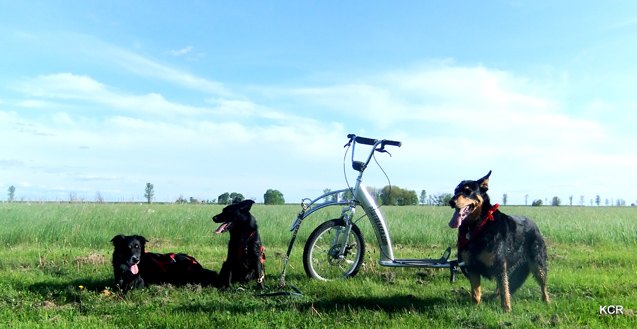
If you are planning on running with a pack, just start with one and add the rest gradually. The easiest way to train a dog for pulling sports is to hook him beside another dog who is already trained. Look for lessons or clubs in your area – these can be vital resources for newcomers to the sport.
Training should begin on foot, so you and the dog aren’t overwhelmed. Your dog may take some time to get used to putting pressure on the harness and being allowed to pull. I always suggest that my students train their dogs to pull on the trails they plan to use. And stick to regular loose leash walks on the paths they’ll walk nicely on. My dogs will pull anywhere and will heel nicely anywhere. It’s taken a lot of practice, praise and consistency.
Once your dog is pulling consistently (which means not stopping to sniff at every tree or wandering all over the trail), it’s time to take out the bike or scooter. It can take a long time for your dog to become confident at pulling a rig, so keep your sessions short and fun! Your goal isn’t to exhaust the dog, but to slowly build up stamina and confidence.
Don’t even think of hooking your dog up to a bike or a scooter until you have invested in some solid obedience work. A dog who will sit, stay and come when called is a much safer, saner dog to hit those fast speeds with!
Where To Go
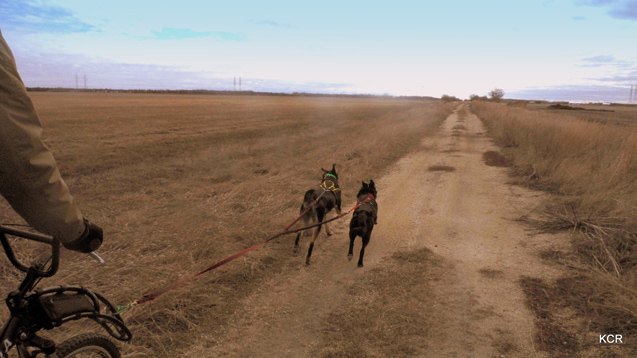
Look for multi-use trails that are wide enough to pass other trail users safely. A wider trail is also a better option because the dog can pick his path and avoid any treacherous terrain. While a single track trail is fun on a mountain bike, it’s not appropriate for a dog team.
The best trails have mud or dirt surfaces. Pavement is off-limits. You don’t want to injure your dog’s joints or paw pads by running on unforgiving hard surfaces. In addition to being hard on the body, pavement and asphalt also hold heat. That means that the wind whistling by may feel good, but it’s a lot warmer down on the ground for your pup. Add in the fact that he’s working hard pulling the bike or scooter, and you’re in an overheating danger zone!
Coming up in my next article, I’ll talk more on the specifics of bikejoring and scootering, and which would be a better fit for you and your dog.
